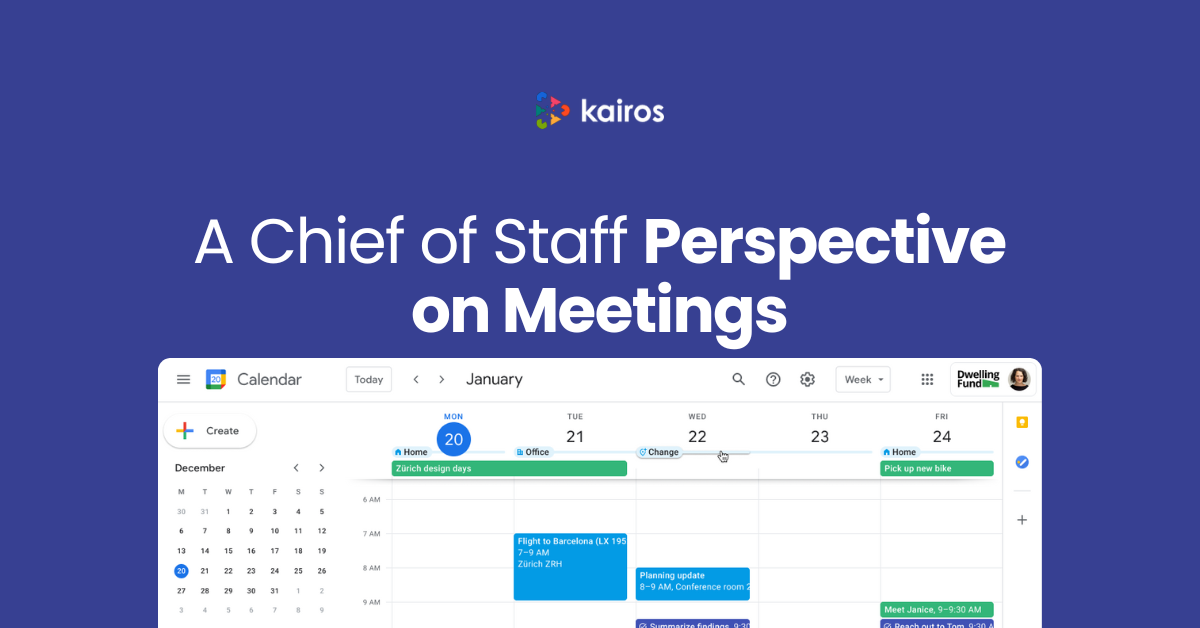Break the Mold: Diversify Your Meeting Approach
Learn how to become an active facilitator and transform your meetings into dynamic, engaging experiences.
In this video, we'll share essential tips for bringing out more voices, keeping conversations on track, and diversifying your meeting approaches. Discover the power of setting pre-meeting homework, incorporating silence for brainstorming, and breaking into smaller groups.
Watch now to learn how to elevate your facilitation skills and create more impactful meetings!
Video Transcript
Diversify how you run your meetings. Mix it up. Meetings, for the most part, currently all look the same. Diversification of approaches to meetings serves to energize and engage attendees.
I want to give you a few examples of some different practices one. Try silence in your meetings. At times, silence can promote effectiveness and inclusion almost like none other. Research supports the benefits of silence, and meetings is a way of gathering more ideas, perspectives, and insights from attendees. For example, if you compare groups, brainstorming and silence like typing directly into a document versus those brainstorming with their mouths silent, brainstorming groups yielded nearly twice twice as many ideas.
And those ideas tended to be even more creative. So why was silent brainstorming result and more and better ideas? Well, when communicating via writing, basically everyone can talk at once. There's no waiting for your turn. Additionally, there's less filtering of ideas given the simultaneous generation of ideas. Here's the good news. Silence can be accomplished very easily in a virtual meeting, just by sharing a Google Doc or a miro board or other number of great apps with attendees during the actual meeting.
The tool is not the magic, of course. The magic is in the key questions that need to be answered or prompts for brainstorming. Set a window of time where all participants are expected to actively generate ideas, comments, and others inputs and basically collaborate actively via writing. Once that time period is up, you can debrief identifying themes, conclusions, and next steps.
Or if the outcomes are not fully apparent, the meeting could just end for now. And then you can circle back with attendees later.
.png)

